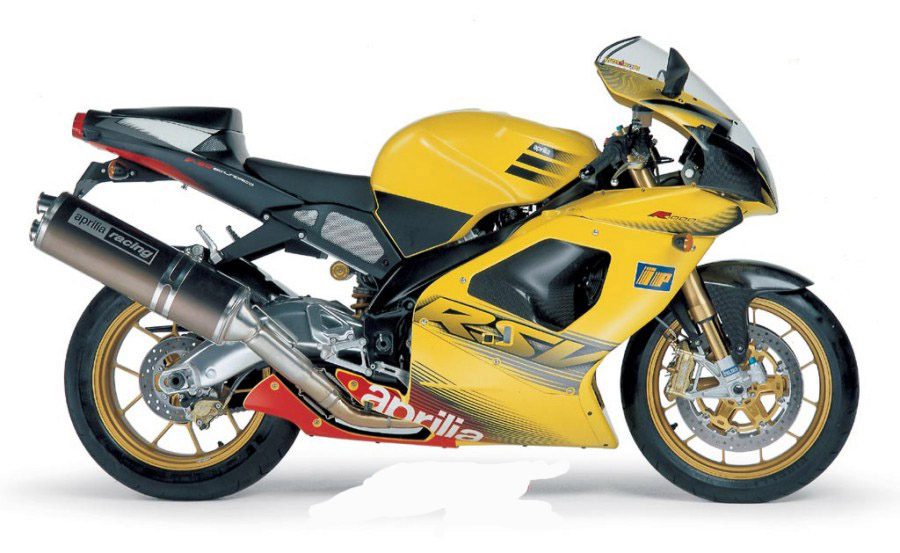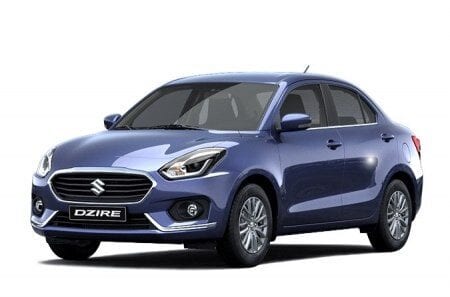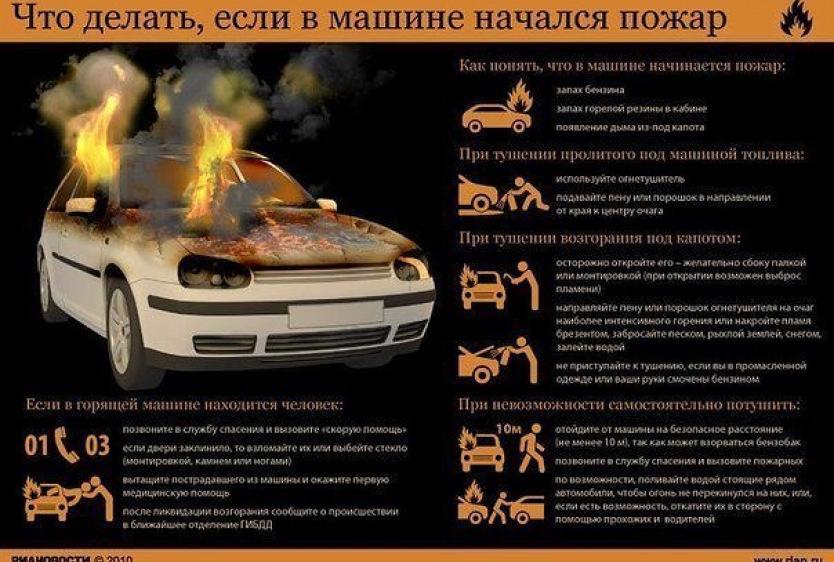
April RSV Miller
Content
I know Aprilia's test pilot, Pelizzona, and I know this person is very well versed in the construction and movement of motorcycles. He is an excellent diagnostician and a fast racer, so after every refueling I more and more believed that a good car was being created in Noal.
The fact that Troy Corser won the Superbike World Championship this year and that he came third in his first year with Aprilia doesn't mean much to us users. His car is the best factory evolution, but its roots go back to the RSV Mille SP homologation - only 150 of them were produced.
But the Mille SP is a twin of the much cheaper Mille R. They look similar but differ in engine trim as the SP engine is signed by the famous Cosworth house.
Yes, that sounds like a mess, huh? From the outside, all these Mills look the same. Thanks to the idea of a single platform and the motorcycles derived from it, Aprilia hit a few flies in the moss very well and efficiently. The Mille motorcycle project already began with a vision of a racing car. This is good for the average buyer, as it is difficult to make a sports stallion out of a donkey.
If we stay within the core RSV Mille family, they catered to a whole range of tastes on pretty much the same bike. And pockets. The simplest and cheapest Mille is a road athlete with a seat and legs for two, it has enough space (as it is known by sports standards) and enough capacity, and on the race track it has nothing worthy of mention.
So you can take the baby with you for ice cream or on a trip; and you can go crazy on the track. There is no bad feeling that you are sitting on the wrong instrument. For a motorcyclist who doesn't have a conductor's ear to align with suspension settings, playing with bike height and what black magic it is, won't even notice much of a difference.
Yes, but now we are there. So is the RSV Mille R worth more money? Definitely. It offers more entertainment options like the cube mentioned in its name. Only a man should be chubby enough to announce that his hands are free at home with his wife. With the R model, both will not be able to drive the car at the same time.
No passenger seat, no pedals. There is a lot of versatile Öhlins Racing suspension, however, and for peace of mind they have added a few carbon fiber elements and a noble pair of OZ wheels. Those who only know how to drive on horsepower might be disappointed because the Rotax 60-degree open angle two-cylinder engine is capable of developing 118 hp on the crankshaft. On a test bike, after 5000 test kilometers at Akrapovich, they measured 110 hp. on the bus.
Is it a lot or a little? Is this a fast car? How can you honestly answer if you can only ride between sidewalks and houses, where any caliber with a room temperature IQ can be fast. So I suggested that the Aprilia director combine the business risks: they gave up the test bike for several races at the national championship and the Alps-Adriatic Cup, risking breaking the plastic. I risk my bones. I was convinced that, therefore, my investment was larger and was a relatively good guarantee.
I have a thousand miles engine running. I buy two meters of self-adhesive wallpaper and silver tape to cover the headlights with them, remove the parking support, turn signals and license plate. We wear Dunlop D207GP tires. Perfectly by heart and after a very good Aprilia booklet on motorcycle use, I adjusted the suspension. And I reach the middle of the class race
Superstock time 1:43, 224 per lap, five seconds behind Christmas, state champion. I found that the secondary gear ratio is too high. The engine develops in the plane only 229 km / h, on descents it scratches the belly armor; I'm a little worried about the swinging "pumping" of the rear of the bike when accelerating from corners. No time to test in the competition.
In a month and a half, we have a motorcycle for three weeks on road tests, this time already five thousand kilometers. On the road, it turns out to be a sinfully tempting tool for removing turns. The two-cylinder engine is interesting, its flexibility allows the driver to act quickly, even by simply opening and closing the throttle. Nothing terrible hurts between the legs, so I can say that it is predictable and not very demanding to drive. But it's pretty big, like that between arms and legs.
In September, to complete the test, I will again drive Aprilia to Grobnik for the last race of the season. This time he already has twelve thousand kilometers of "prostitution" among journalists, potential buyers and others. The motorcycle is still running as it did on the first day. Only Brembo Oro brake discs have traces, and aluminum is slightly oxidized due to washing the motorcycle with aggressive shampoos.
I get Aprilio on Friday morning, in the afternoon already at the hippodrome, again wallpaper, I admire the easily removable mirrors. ... I find out about their sports experience over the phone at Zupin in Germany (they are the agent of the Öhlins brand). Since the rear serial spring labeled 114 N is too soft for my 100 kg and for the track, there is nothing to do over the phone.
Therefore, they recommend preloading the spring only to the point where the seat has only 5-8mm of "negative suspension" raised behind the seat. I get a slick tire from Dunlop to compare ride quality, so I subscribe to Superbike. I can feel the difference because the cross section of the front tire is 120/75, while the standard one is 120/65. There is a noticeable change in the front height of the motorcycle, and the armor in the slope no longer crawls on the ground.
With these tighter settings, the bike is completely calm when accelerating and, contrary to expectations, does not dance when braking. So at high speeds it doesn't upset. In an effortless race, I hit 1:42 864, which is close to my record. I know it would have gone a little faster if I had dared to pass the four that captivated the entire race in front of my front wheel.
When accelerating from turns into the plane, they recognized each other faster, when braking we were equal and interfered with each other, and at the top of the turn, all four stood at the anchor of the ship. It was obvious that with the Mille R I could maintain a noticeably higher speed without risking due to the quiet chassis (and precise steering response) at full tilt.
Under hard braking, which the decent motorcyclist does with just two fingers on the front adjustable arm, the bike just sits down as expected, without any jittery turns when entering a corner. The braking torque of the two-cylinder does not bother at all, because the impact from the wheel softens the pneumo-vacuum attachment to the clutch.
Simple: With a little speed knowledge, you quickly and decisively downshift the required number of gears, loosen the grip between them and push the car into a lean. No jerking off the bike. At full tilt, I only hold enough throttle to keep the chain tight. I accelerate in proportion to how I lift the car off the slope, and my tires never slip. Eventually, I found that I had (too) good tires again, because I was picking up "shit" on them on the highway, instead of grinding them.
I have no comments on the performance and feel of the hydraulic traction, transmission performance and engine response, neither on the road nor on the race track. There I accelerated to 230 km per hour in an airplane, which is due to the lack of experience with a two-cylinder engine, which does not need to be rotated there among the stars. Driving with maximum torque and maximum power, however, matters more.
That is, in the range from 7.000 to 9.500 or 10.000 rpm. This zone inside corners is easy to maintain, here the engine picks up speed well and just a few exercises are enough to get the driver out of the corner faster. Then the speed at the end of the plane is also higher.
It is clear that the track settings are not suitable for driving on the road, where the driver is faced with rougher bumps on the pavement, and the driving is less harsh. A suspension that is too tight will break your arms, withstand harsh impacts, so you suffer from both safety and comfort.
But let's be honest: a nitrided gold and carbon suspension is not necessary for the road. But for the soul.
A multifunctional dashboard takes patience because you have to follow the instructions for the row of adjustment buttons. It then shows everything possible, measures and stores lap times, maximum and average speeds. ... it also has a speed limit warning light and the range can be adjusted. Useful.
As I rummaged through the bike to get it ready for racing (securing the bolts from unscrewing, securing the electrical installation of the direction indicators and parking supports, checking the components and fluids), I also saw with my fingers that it was done cleverly and cleverly. an honest ear for mechanics. The armor is again included in the kit, quick-clamping, precise contacts. We did not find a single tightened or screwed-in screw for the thread. Italians seem to have a torque wrench for screwdrivers. And good control over the work.
April RSV Miller
TECHNICAL INFORMATION
engine: 4-stroke - 2-cylinder, 60 degree angle, dry sump - liquid cooled, two radiators - oil cooler - two shafts for AVDC vibration damping - 2 camshafts in head, chain and gears - 4 valves per cylinder - bore and movement 97 × 67mm - Displacement 5cm997 - Compression 6 +/- 3, 11:4 - Claimed max power 0kW (5hp) at 1/min - Claimed max torque 87Nm at 118/min - Multipoint fuel injection, intake manifold diameter 9.500 – 105 spark plugs per cylinder – unleaded petrol (OŠ 7.000) – battery 51 V, 2 Ah – alternator 95 W – electric starter
Energy transfer: primary gear with direct engagement, gear ratio 1, 935 - hydraulic multi-plate clutch in oil bath, torque damper Gearbox - 6-speed gearbox, gear ratios: I. 2, 50, II. 1; III. 750, 1, IV. 368, 1, V. 091, 0, VI. 957 - chain 0, gear ratio 852 (with sprockets 520/2)
Frame: die-cast aluminum box, bolted seat post - 25 degree frame head angle - 95mm front (97mm with 120/70-17 tires) - 1415mm wheelbase
Suspension: USD Öhlins Racing front fully adjustable telescopic fork with 43mm nitrided arms, 120mm travel - rear asymmetric aluminum swivel fork, Öhlins Racing fully adjustable center shock, bike height adjustable, 135mm wheel travel - Öhl adjustable shock bars
Wheels and tires: front wheel 3 × 50 with 17/120-ZR65 tire – rear wheel 17 × 6 with 00/17-ZR180 tire
brakes: front 2 × 320mm floating Brembo reel with 4-piston caliper – rear 220mm reel with XNUMX-piston caliper – braided hydraulic hose with metal thread
Wholesale apples: length 2080 mm - width 720 mm - height 1170 mm - seat height from the ground 820 mm - handlebar height from the ground 845 mm - minimum distance from the ground 130 mm - fuel tank 20 l / 4, reserve 5 l - weight (with fuel, factory ) 214 kg - load capacity 107 kg
Special equipment: after moving the variable transmission lever, rear brake lever and steering wheel lever
Capacities (factory): not listed
INFORMATIVE
Representative: Avto Triglav, doo, Dunajska 122, Ljubljana
Warranty conditions: 12 months, no mileage limit
Prescribed maintenance intervals: the first after 1000 km, the next after every 7.500 km
Color combinations: replica superbike red-black
Original accessories: racing parking racks, stable chain, all carbon fiber body parts, titanium bolt set, exhaust system + EPROM for race track, motorcycle cover
Number of authorized dealers / repairers: 20/19
DINNER
Motorcycle price: 10.431.90 EUR
OUR MEASUREMENTS
Wheel power: 110, 2 km at 9.300 rpm
Torque: 93 Nm at 7.300 rpm
Weight with 5 liters of fuel: 196 kg
Fuel consumption: Average test: 8 L / 52 km
On the race track: 11 l / 77 km
TEST ERRORS
No comments
SUSPENSION ADJUSTMENT
Forks: Springs: suspension 30 mm; Height: 5. the recess is aligned with the lintel; Compression: -9; Stretch: -12
Shock absorber: Springs: negative suspension 5 ÷ 8 mm; compression: -8; stretching -16
Steering damper: from full soft position from 6 to 10 clicks
FINAL ASSESSMENT
Thanks to its racing success and Aprilia's tight intertwining of racing with series production, this bike has charisma. Thanks to the two-cylinder engine, it's fashionable, thanks to quality components, it's a bargain. And at the same time, it is a sports tool that does not require additional investments. It can be fast even in average hands.
THANK YOU
+ a sense of cross-border communication
+ quality equipment
+ two-cylinder
+ brakes
GRADJAMO
- motorcycle weight
– price of spare parts
Mitya Gustinchich
Photo: Urosh Potocnik.
Technical information
engine: 4-stroke - 2-cylinder, 60 degree angle, dry sump - liquid cooled, two radiators - oil cooler - two shafts for AVDC vibration damping - 2 camshafts in head, chain and gears - 4 valves per cylinder - bore and movement 97 × 67,5 mm - Displacement 997,6 cm3 - Compression ratio 11,4 +/- 0,5:1 - Claimed maximum power 87 kW (118 hp) at 9.500 rpm - Claimed maximum torque 105 Nm at 7.000 rpm – Multipoint fuel injection, intake manifold diameter 51 – 2 spark plugs per cylinder – unleaded petrol (OŠ 95) – battery 12 V, 12 Ah – alternator 400 W – electric starter
Energy transfer: direct engagement primary gear, ratio 1,935 - oil bath hydraulically actuated multi-plate clutch, PPC torque damper - gearbox 6-speed, ratios: I. 2,50, II. 1,750 hours; III. 1,368, IV. 1,091, V. 0,957, VI. 0,852 - chain 520, gear ratio 2,470 (with sprockets 17/42)
Frame: die-cast aluminum box, bolted seat post - 25 degree frame head angle - 95mm front (97mm with 120/70-17 tires) - 1415mm wheelbase
brakes: front 2 × 320mm floating Brembo reel with 4-piston caliper – rear 220mm reel with XNUMX-piston caliper – braided hydraulic hose with metal thread
Suspension: USD Öhlins Racing front fully adjustable telescopic fork with 43mm nitrided arms, 120mm travel - rear asymmetric aluminum swivel fork, Öhlins Racing fully adjustable center shock, bike height adjustable, 135mm wheel travel - Öhl adjustable shock bars
Weight: length 2080 mm - width 720 mm - height 1170 mm - seat height from the ground 820 mm - handlebar height from the ground 845 mm - minimum distance from the ground 130 mm - fuel tank 20 l / reserve 4,5 l - weight (with fuel, factory ) 214 kg - load capacity 107 kg

